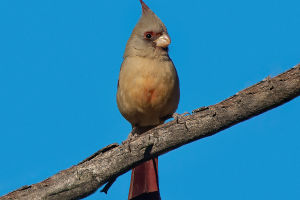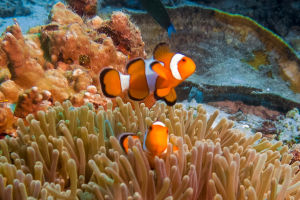Hey Lykkers! Today, we’re diving into the fascinating world of one of Southeast Asia's most incredible creatures – the Asian Giant Turtle. These turtles aren’t just any turtles; they are the largest of their kind in Asia, and there’s so much to learn about them.
From their unique habitat to their specific diet and conservation efforts, we’ll explore everything you need to know about this amazing reptile. Let’s get started!
What Makes the Asian Giant Turtle Stand Out?
The Asian Giant Turtle, known for its impressive size and unique features, is one of the most remarkable species of freshwater turtles in Asia. Its shell can reach up to 50 cm in length, making it one of the largest turtles in the region.
The shell is brown and high, shaped in an arch, with jagged edges at the back. The most striking feature of its appearance is the central ridge, which adds a majestic look. The head of the turtle is a mix of gray-green and brown, dotted with yellow, orange, or even pink spots. Its yellow belly is decorated with dark brown patterns, forming a stunning radiating design.
These turtles are semi-aquatic, which means they spend part of their time in water and part on land. When young, they are mostly aquatic, but as they mature, they adapt to land living. These turtles are sturdy creatures that can survive in a range of environments, from rivers and streams to swamps and wetlands.
The Habitat and Range of the Asian Giant Turtle
The Asian Giant Turtle is primarily found in Southeast Asia, with populations scattered across Myanmar, Thailand, Cambodia, Vietnam, and Malaysia. In addition to these countries, some regions in southern China, like Guangxi, are also home to this species. The turtle prefers moist environments where it can easily find shelter, often hiding under vegetation or natural land covers. This gives them protection from predators and harsh weather conditions.
They thrive in humid conditions and are very sensitive to temperature changes. While they can live in varying climates, they stop eating when temperatures drop to around 13°C. If the temperature falls to 5°C and stays below this threshold for over 15 days, these turtles face a high risk of death. So, temperature regulation is crucial for their survival!
Diet and Feeding Habits: What Do These Turtles Eat?
The Asian Giant Turtle is omnivorous, but its diet leans more toward plants. They are known to feed on a wide variety of foods, from vegetables and fruits to small animals. In captivity, these turtles are often fed carrots, sweet potato leaves, tomatoes, bananas, fish, and even mixed turtle food. Their ability to adapt to different diets allows them to thrive in various environments, whether they are in the wild or under human care.
If you’re thinking of raising one of these turtles, make sure to include a balanced diet to ensure they live a long and healthy life!
Reproduction and Lifespan: How Long Do They Live?
These turtles are not just fascinating in appearance; they also have an interesting reproductive cycle. Every year, from November to January, the female Asian Giant Turtle lays eggs. They typically lay between 6 and 12 eggs per clutch, which can take around 180 days to hatch under natural conditions. These turtles have a long lifespan, often reaching around 80 years, which adds to their charm and mystery.
However, the species is currently listed as critically endangered on the International Union for Conservation of Nature's (IUCN) Red List. Their numbers are rapidly declining due to habitat loss, illegal pet trade, and other environmental threats. Conservation efforts are essential to ensure these magnificent creatures don’t disappear from our world.
Conservation Efforts: Protecting the Asian Giant Turtle
Sadly, the Asian Giant Turtle is now critically endangered, facing various threats from human activity and environmental changes. Its habitat is disappearing rapidly, and it’s becoming increasingly difficult to protect them in the wild. These turtles are also targeted by the illegal pet trade, where they are taken from their natural habitats and sold as exotic pets.
To help protect them, conservation organizations are working hard to preserve their natural habitats and establish breeding programs in captivity. These efforts are crucial if we are to save this magnificent species from extinction. By supporting such initiatives, we can all contribute to the survival of the Asian Giant Turtle.
A Creature Worth Protecting
So, Lykkers, now you know more about the Asian Giant Turtle – its incredible size, fascinating features, and the critical need for conservation. As we continue to learn more about these turtles, it’s essential to remember that their survival depends on the protection of their habitats and stricter measures against illegal trade.
By staying informed and supporting conservation efforts, we can help ensure that these amazing creatures continue to thrive for generations to come. Let’s all do our part!
Hope you enjoyed reading about this wonderful species! Stay curious, and until next time!
Explore Beyond Your Door: Episode 4 - Exploring Turtles
video by Smithsonian's National Zoo


